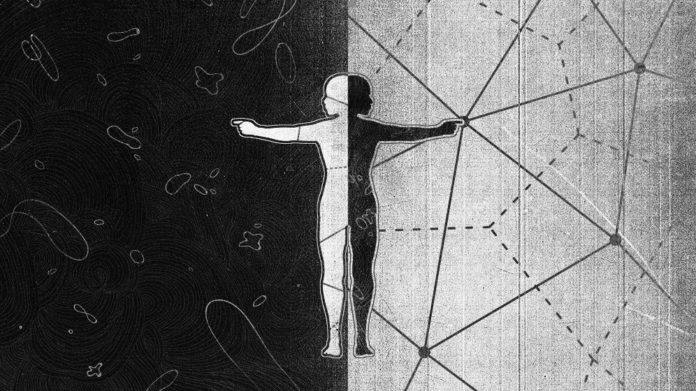Modern physicists share one goal regardless of their specialization, curriculums, and overall careers. This uniting aim is to find a single theory that can explain the whole universe as well as unite all of Mother Nature’s forces. Such a theory, if discovered, would be referred to as the ‘Theory of Everything.’ It has become a Holy Grail of sorts amongst members of the scientific community. This is especially so in the line of Physics, where matter is related to energy.
Despite various breakthroughs in trying to explain this theory, scientists still have a lot to account for. In the standard model of the theory, dark matter, dark energy, and even gravity are left out. These forces, however, are span far and wide throughout the universe. Failure to include them in the explanation means scientists have only been able to explain a small percentage of the universe’s composition.
In string theory, Einstein’s general theory of relativity is strung together with quantum mechanics. The result of these relations is the quantum theory which is then applied in explanations concerning gravity.
An application of this kind allows us to explain the universe farther than subatomic and particle level. This results in explanations based on vibrating strings. The vibrations and interactions of these strings cause the universe to be as it is today.
From a more conventional approach, all matter is composed of atoms. Further down the road, atoms constitute electrons and nucleons. Nucleons are the general term for subatomic particles within an atom’s nucleus, whose composition consists of protons and neutrons. Electrons are negatively charged while protons are positively charged. Neutrons, however, are stemmed from the word neutral owing to their lack of charge.
The above subatomic particles can then be broken down into quarks. Quarks are elementary particles, and each quark carries a fractional electric charge. Further, quarks combine to form hadrons whose most stable forms are protons and neutrons.
Quarks are composed of dynamic strings. Dynamic strings move through spaces. Since their interactions are what shape the universe, studying the movement of these strings is the basis for understanding the universe. The motion of these particles is explained by Michio Kaku who is a physicist at the City College of New York. Kaku is the founder of string field theory.
String field theory reformulates the interactions of strings based on quantum theory. When interviewed for an explanation as to how string theory works, Mr. Kaku said, “The standard model for physics, including the Higgs Boson, represents the lowest octave of a vibrating string. Dark matter, which makes up around 23 percent of the Universe, is the next vibration up.Dark energy happens when the symmetries of the superstring are broken, and it comprises about 68 percent of the Universe.”
This means that each string in the universe relates to a different particle. As such, a different interaction of a string and particle would result in a different dimension entirely. The understanding of this means that there are certainly more dimensions within the universe than scientists previously thought possible.
Understanding these strings and their motions could point out how the universe was formed. Therefore, string theory could lead to a ‘Theory of Everything.’ As Michio Kaku says, it is the only game-changer in town.




